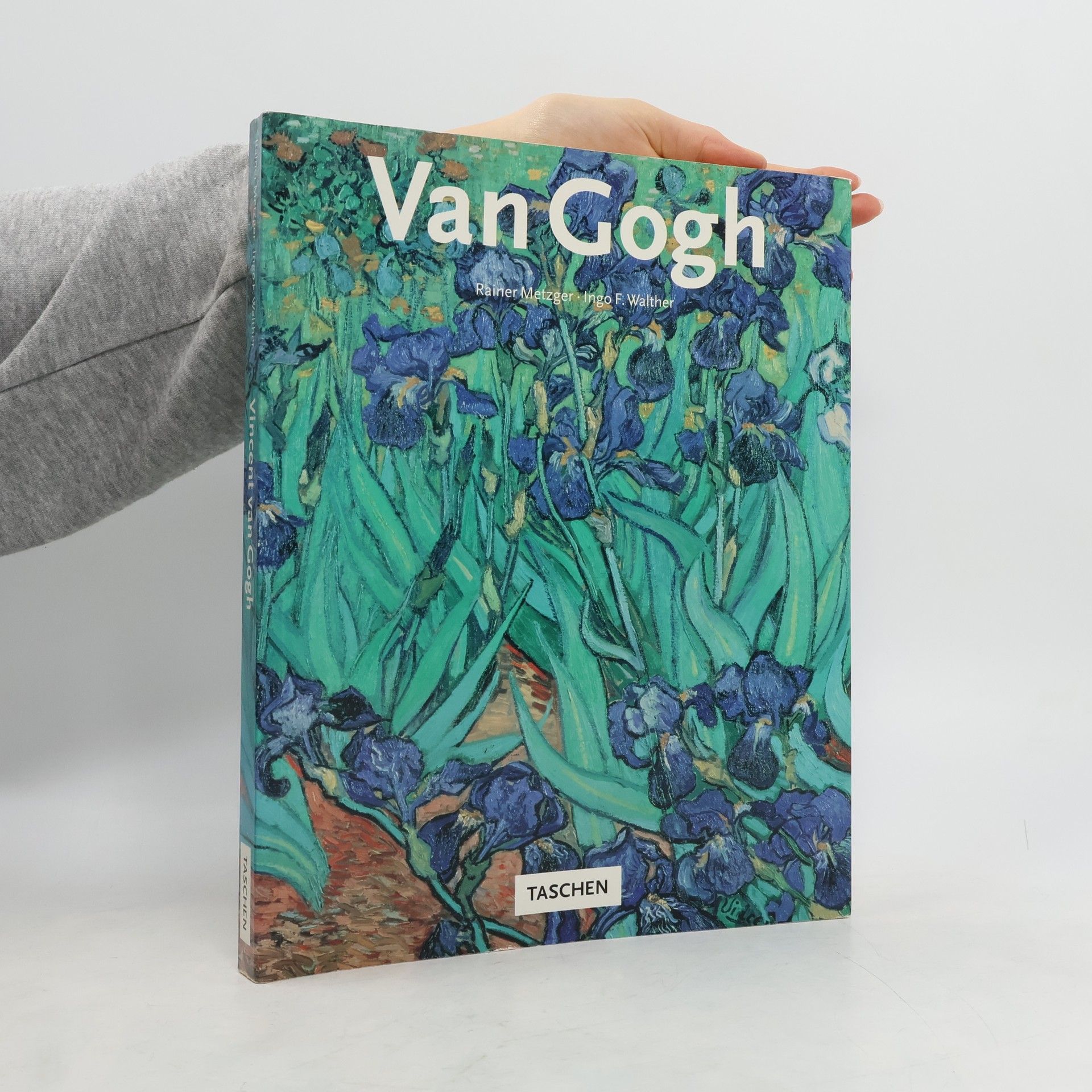The complete van Gogh Vincent van Gogh's story is one of the most ironic in art history. He lived an unhappy and difficult life during which his work received almost no appreciation—finally killing himself by a bullet to the chest, so great was his despair—and is now widely considered one of the most important painters of all time, his works fetching record prices of tens of millions of dollars at auction. This comprehensive study of Vincent van Gogh (1853-1890) represents a rarity in art a detailed monograph on his life and art combined with a complete catalogue of his 871 paintings. This volume also reproduces most of van Gogh's paintings in color for the first time.
Rainer Metzger Books
Rainer Metzger is a writer and cultural historian whose work delves into the realms of art and its historical contexts. His writings explore deeper meanings and patterns within artistic creations and movements. Metzger's prose is valued for its intellectual depth and its capacity to connect art with broader societal and historical narratives.

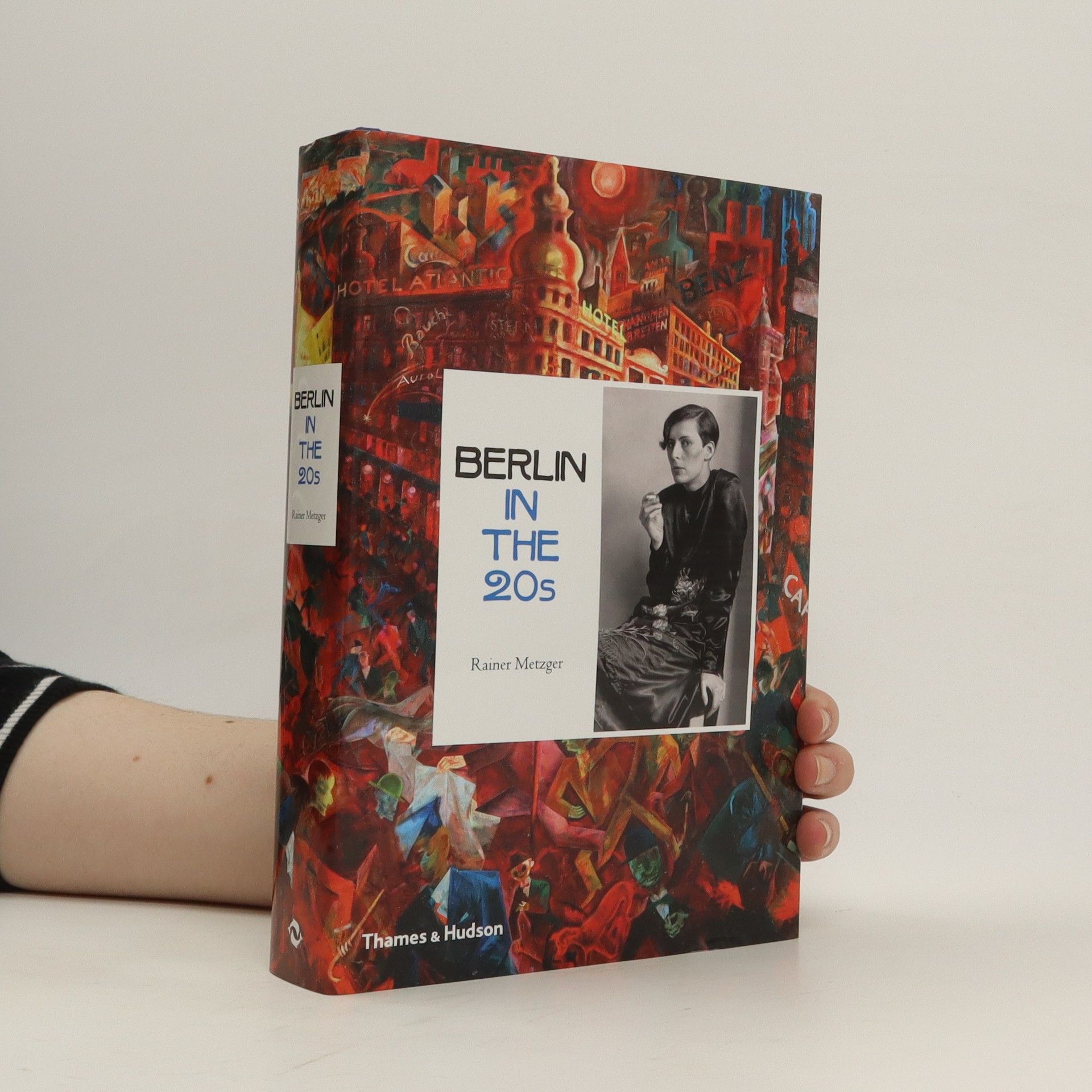
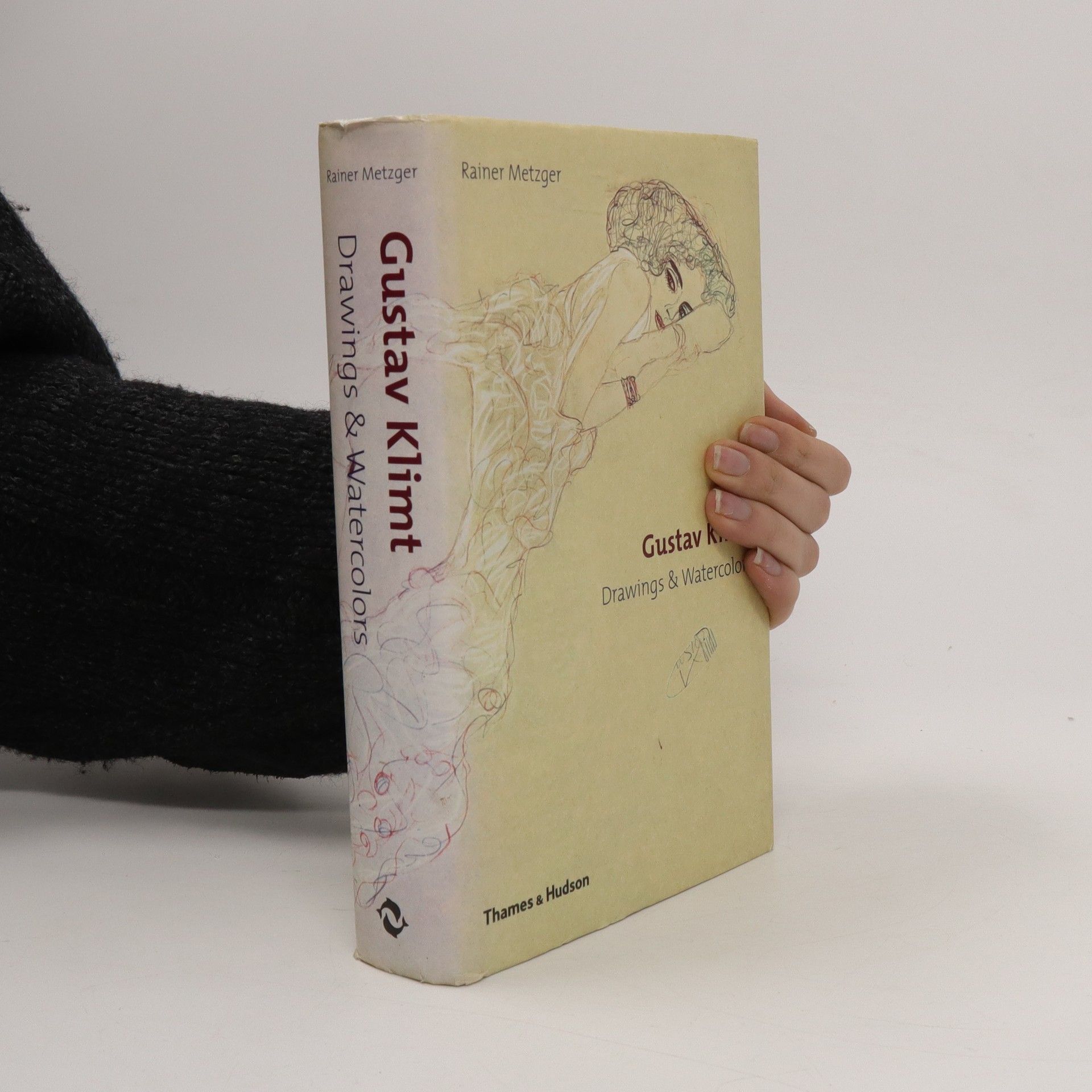

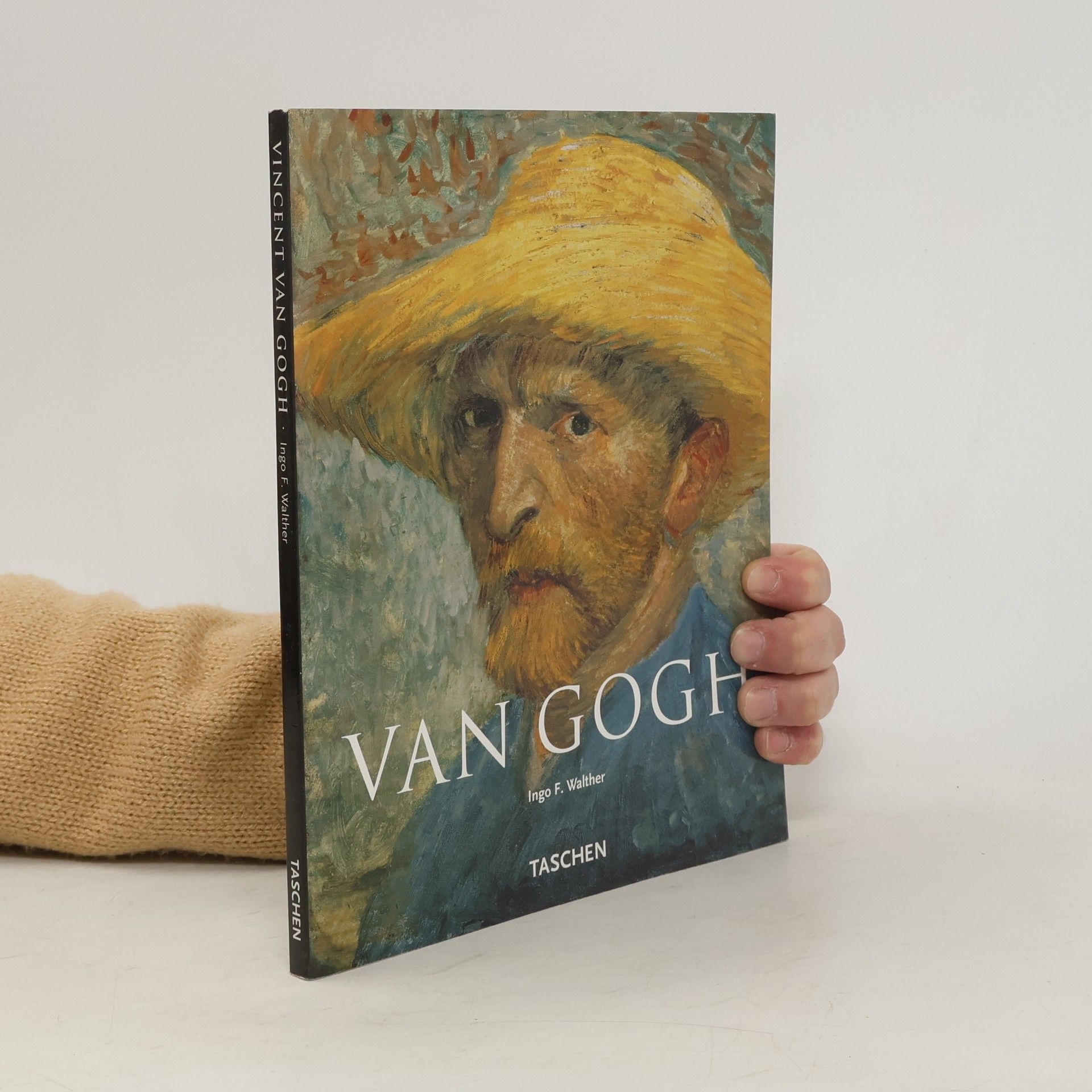
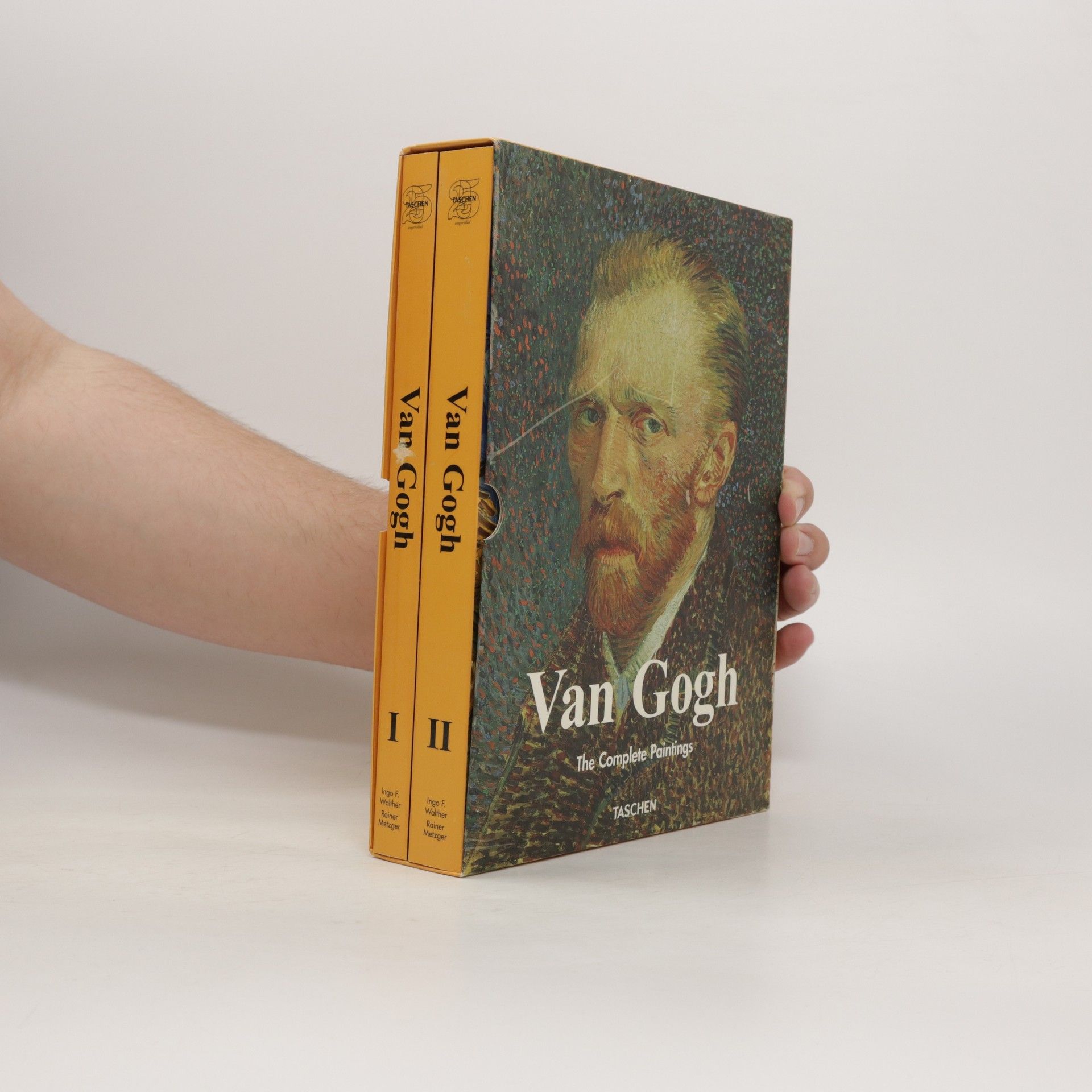

Vincent van Gogh lived an unhappy and difficult life during which his work received almost no appreciation, and is now widely considered one of the most important painters of all time. This is a detailed monograph of his life and art combined with a complete catalogue of his 871 paintings.
Vincent van Gogh 1853-1890 : Vision and Reality
- 96 pages
- 4 hours of reading
Van Gogh, who took up a variety of professions before becoming an artist, was a solitary, despairing and self-destructive man. This richly illustrated and expert study follows the artist from the early gloom-laden paintings in which he captured the misery of peasants and workers in his homeland, through his bright and colorful Parisian period, to the work of his final years, spent under a southern sun in Arles.
Marc Chagall 1887-1985 : painting as poetry
- 96 pages
- 4 hours of reading
An introduction to the life and work of twentieth-century Russian artist Marc Chagall, discussing his cultural and historical importance, and including a chronology and over one hundred color illustrations with explanatory captions
Gustav Klimt : drawings & watercolors
- 440 pages
- 16 hours of reading
A selection of some of the master draftsman's most significant drawings and watercolors includes several of his rarely reproduced erotic works to present a more balanced representation of his oeuvre, in a volume that offers insight into his creative process and motivation.
Berlin in the Twenties: Art and Culture, 1918-1933
- 400 pages
- 14 hours of reading
Berlin in the 1920s was home to some of the most extraordinary minds of modern times, and was a vigorous melting pot of radical new ideas and concepts in every field. Comprising essays on the key movements and figures of the era, this book presents a portrait of this cultural ferment and its most important protagonists
Van Gogh
- 256 pages
- 9 hours of reading
From the early gloom-laden paintings to the works of his final years under a southern sun in Arles "This man will either go insane or leave us all far behind," prophesied the great Impressionist Camille Pissarro. The man was Vincent Van Gogh (1853-1890), a vicar's son born at Groot-Zundert near Breda in Holland, who at that time was struggling to find buyers for his paintings. Van Gogh did indeed go at least to the brink of insanity. And he has long been recognised as one of the greatest modern artists. Van Gogh, who followed a variety of professions before becoming an artist, was a solitary, despairing and self-destructive man his whole life long. His truest friend was his brother Theo, who supported him unstintingly throughout and followed him to the grave just six months later. This richly illustrated study by two experts on Van Gogh follows the artist from the early gloom-laden paintings in which he captured the misery of peasants and workers in his home parts, through the bright and colourful paintings he did in Paris, to the work of his final years under a southern sun in Arles, where he at last found the light that produced the unmistakable Van Gogh style. At Arles, Saint-R
Examines the life and art of nineteenth-century Dutch artist Vincent van Gogh, and features color reproductions of his complete catalogue of 871 paintings, as well as an illustrated chronology of his life from 1853 to 1890
Berlin in the 1920s
- 96 pages
- 4 hours of reading
Die 1920er-Jahre sind Berlins goldenes Jahrzehnt, in dem das Nachkriegselend vergessen werden soll. Die Stadt erlebt einen enormen Modernisierungsschub und verwandelt sich in eine pulsierende Weltstadt, die zum Sehnsuchtsort hedonistischer Fantasien wird. Vom Alexanderplatz fährt eine Straßenbahn zur Milchstraße, während expressionistische Kunst und Nachtclubs mit sexueller Anarchie und Drogenneurosen die Bürger faszinieren. Diese Zeit ist geprägt von kultureller Blüte, intellektuellem Reichtum und exzessiver Lebensfreude. In Jazzbars, Kabaretts und überfüllten Kinos pulsiert das Leben, während rasende Reporter und Zeitungsjungen die Ereignisse festhalten. Männer und Frauen leben ihre Freiheit aus, rauchen, trinken und verdienen eigenes Geld. Fritz Lang dreht Filme, Siegfried Kracauer beobachtet das Leben der Angestellten, während Immobilienspekulanten und Glücksritter ihre Schicksale erleben. Franz Hessel flaniert durch die Stadt, während die Leuchtreklamen flackern und die S-Bahn ein Lied anstimmt. Der Band beleuchtet herausragende Werke aus Architektur, Malerei, Film und Fotografie, darunter die Bauprojekte von Peter Behrens, Otto Dix’ Porträt der Journalistin Sylvia von Harden, Lotte Jacobis Fotografien und Hannah Höchs Fotocollagen. Diese kreative Explosion der Vielfalt sollte jedoch bald enden.
Vincent Van Gogh 1853-1890
- 256 pages
- 9 hours of reading
Van Gogh, who took up a variety of professions before becoming an artist, was a solitary, despairing and self-destructive man. This richly illustrated and expert study follows the artist from the early gloom-laden paintings in which he captured the misery of peasants and workers in his homeland, through his bright and colorful Parisian period, to the work of his final years, spent under a southern sun in Arles.
